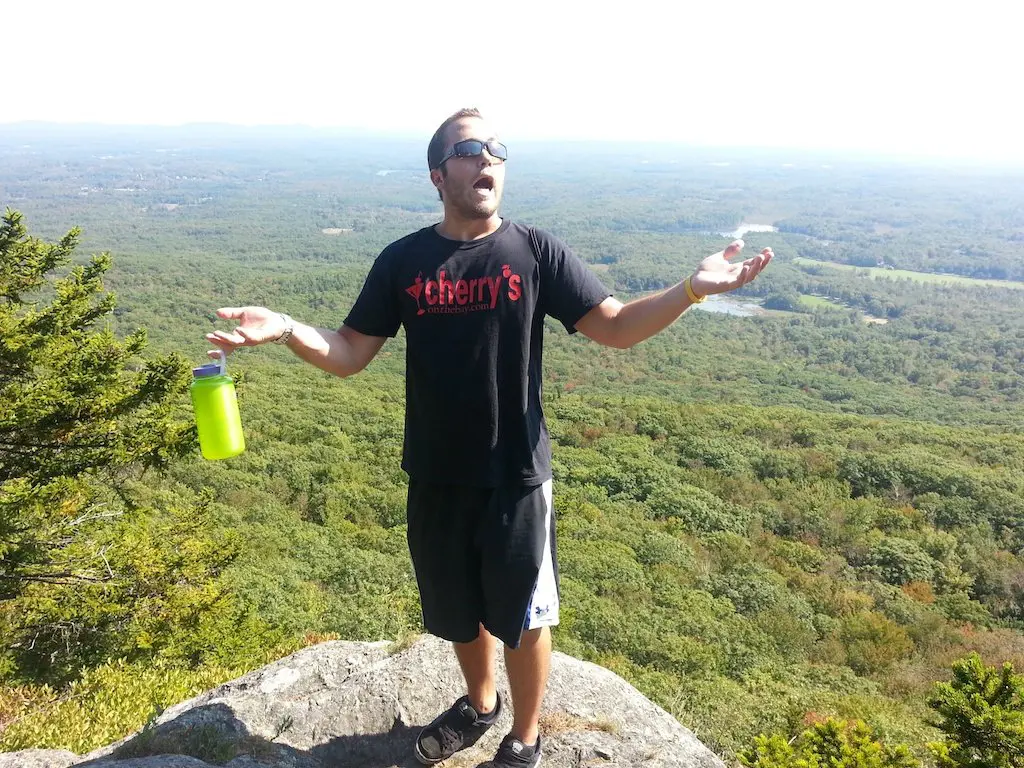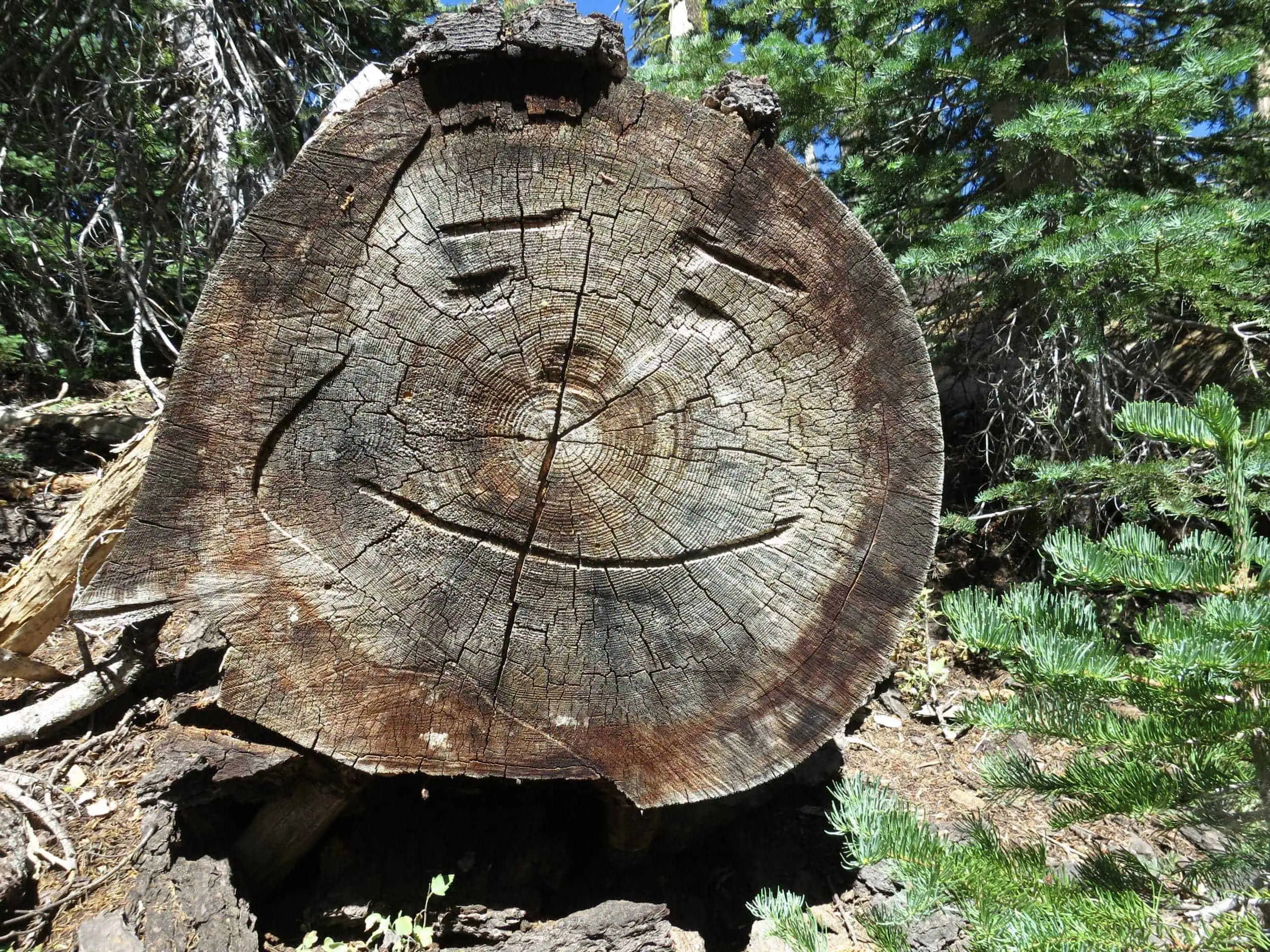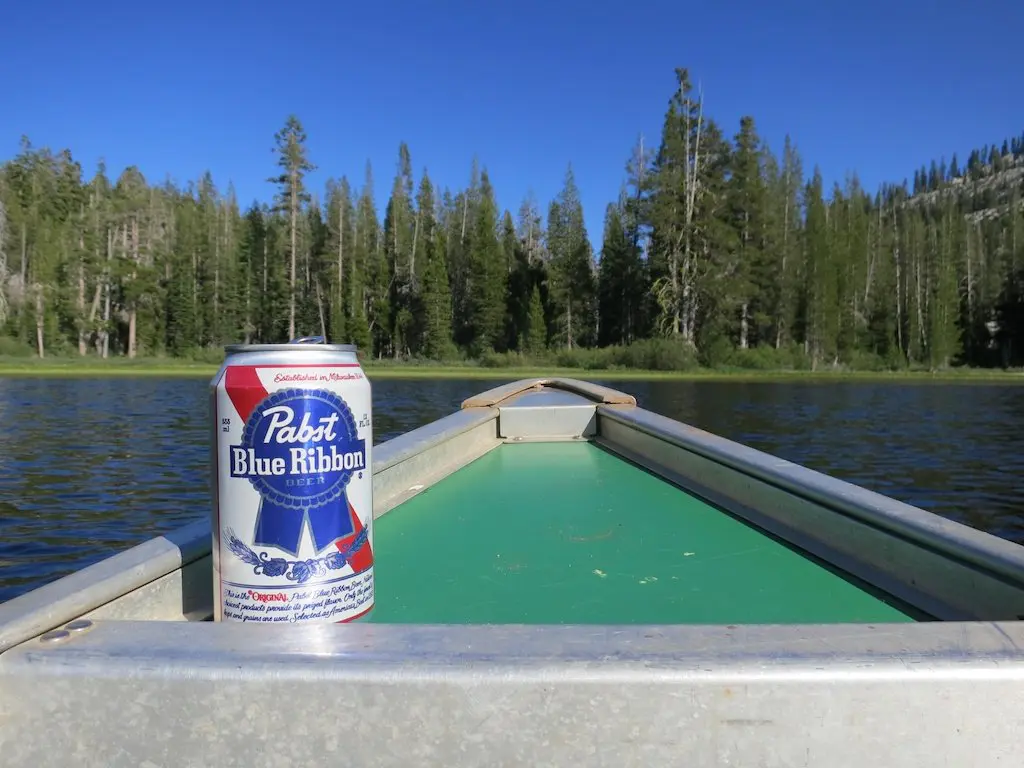Physical Preparation For The Pacific Crest Trail
Preparing for the Pacific Crest Trail (easily the greatest physical undertaking of one’s life) can seem like an impossible task.
But I have good news for those of you in the midst of said preparation: it is impossible!
Why good news, is this? Now, you can spend your time on other things you think are important for PCT preparation.
Admittedly, before my own PCT hike, I did elect to do some training. What sort of training? Well, it mostly consisted of setting personal eating records, drinking, indulging in adult beverages, and gaining around ten pounds. I call it the “fuck it” method.
The weight gain was more of an insurance policy than anything; I was not going to quit after just a week or two because I needed to shed the excess weight at the very least.
See? I was thinking ahead.

Subscribing to the “I will get in shape as I go” school of thought (much to the dismay of my friends and family – but they had never hiked the PCT, so what did they know?), I was confident that with the right gear and attitude, my under-prepared body would be capable of adapting to the challenges of the PCT.
However, I knew that the first few weeks (at least) were going to be marked by a hellish misery, the likes of which I had never known. Unfortunately, I was right.
Plagued by blisters, spastic muscles, and soreness in every part of my body, there were days that I felt as though I would end up a corpse on the trail (and days that I wished I had).
The first few weeks were nothing short of an extreme exercise in masochism, but my body did eventually adapt. After a few hundred miles, the physical struggles of the trail faded into memory, and the mental battles began.
But I Really Want to Train!
If you are reasonably fit and have experience with strenuous exercise in the past, then you are capable of surviving the Pacific Crest Trail (without a serious training regimen beforehand).
If you insist on training, then you have two options: work on your cardiovascular health, or take long-distance, overnight backpacking trips with your fully loaded pack (because the only real way to prepare for thru-hiking is to actually thru-hike).
To tell the truth, I did take some hikes and the occasional long walk on a steeply graded treadmill, but it is nothing that anyone would even begin to consider an honest effort at physical preparation (it was more so I could say to people I met, “yeah, I did some training”).
One of the benefits of the Pacific Crest Trail is that you can move as slowly or as quickly as you choose. Should you wake up feeling sore, hungover, or just lazy one day, then you only have to hike as many (or as few) miles as you feel comfortable with (if you choose to even hike at all).

According to the PCT Hiker Survey, many hikers reported that they would have focused on physical training before the trail, but I suspect that a lot of them were either in objectively poor physical shape or had no real experience with the sort of physical strain associated with the PCT.
Ultimately, at the beginning of the hike, you will be sore, you will get blisters, you will hurt, and you might wonder what the hell you’re doing, but just suck it up, and you will get your hiker legs in no time.
Of course, no PCT “guidebook” is going to tell you not to do any physical preparation, as we learned, guidebooks suck, and so long as you are in reasonably good health and shape, then the PCT can be done. And you should do it.







What are your thoughts on hitting the PCT a 2-4 weeks “early” (March) to allow plenty of zeroes and breaks getting used hiking? I mean, who wouldn’t want to quit their job a month early?
If you have the means and the will then go for it. Just know that you probably won’t meet many other PCT hikers for a while. And you might end up having to wait out some snow…
What do you think about this argument for starting in March?
I think there’s more of an argument to be made for starting in May (as I am doing this year).
Young people, let’s say people under 30, still have the optimism (or perhaps naivety) that let’s them think that they can just tough it out and succeed. Certainly some can, but older people already have bodies in decline. I am guessing that a 40 to 60 year old who trains because he (she) knows his limitations “washes out” less frequently than a 20 something who simply thinks the PCT sounds cool and shows up unprepared. If you are going to undertake the PCT I would recommend contemplating your own age and experience before you you arrive at Campo.
A wise piece of advice. I think that with the growth of this site, this article is in need of some updating.
As a vintage hiker, I’d say that the older you are, the more necessary it is to train. It takes us longer to ease into things, at least physically.
Good advice Liz in Seattle!
I’m PlanNinG ON trying the PCT next year 2024 OR maybe 2025. depending on how This year goes. WHATS Considered Vintage? I just turned 61. I am really lookinG forward to this hike even In sections. sorry my capslok does its own THINg.
Vintage would be you hiked it in the 90s.
I love it :) I can’t do this method, but it is the authentic method to attempting the PCT. IMHO. LOL. Good job.
I never thought of it as “authentic”. I like it.
My personal rule of thumb is that you should wear out one pair of shoes training before you take on a thru-hike. That way, you’ve walked at least 400 miles in training and you REALLY understand how your feet feel in the shoes you’ll be wearing for 5 months. (Actually, one of the 5 or 6 pairs of shoes you’ll be wearing because you’ll wear them out).
I’m training for the Tahoe Rim Trail which will be 170 miles in 8 days. I’m currently at my “5×5 goal” which is to do a 5k walk (3.5 miles) 5 times a week. After doing that for 2 weeks I’ll upgrade to my “marathon week” where I do 26.2 miles or more in a week. By then the spring trails may be open so I’ll be doing overnight trips of 10 to 12 miles each way. After a few weeks of that I’ll up my mileage to 15- to 20 miles each way. I may even do a 2 day one night section hike of the Tahoe Rim trail.
Notice, that I’m not going out on the trail with no experience of a 20 mile day. When I was ramping up my training last year I found that the difference between a 10 mile day and a 15 mile day was huge. This year, I’ll be prepared both physically and mentally for those long days.
Sounds like a good plan – best of luck! Maybe I’ll see you out there.
I run – a lot – training for a half marathon – my toes go numb all the time. (I’m interested in seeing the difference of half marathon time before and after) When I read that about your toes – I thought “hmmm – part of the process – NBD”. Also I sold cars for a living for several years – in high heels – toes numb all the time. It’s just part of being on your feet.
Better to not feel them than to have them in pain, no?
Telling people not to work out, and then having numb toes after a thru hike does not add up. It only adds up to being bad advice.
It confuses me when you say that something doesn’t add up, and then you immediately add it up to something. That doesn’t really add up, wouldn’t you agree?
Can you point out specifically the part where I tell people not to work out? I cannot seem to find it.
Also, my toes are feeling (get it, feeling?) much better (although how this is related to pre-hike workouts I do not understand).
“It confuses me when you say that something doesn’t add up, and then you immediately add it up to something. That doesn’t really add up, wouldn’t you agree?”
No, I wouldn’t, Dr. Seuss.
I’ll need to work on my rhyming – and you, your timing.